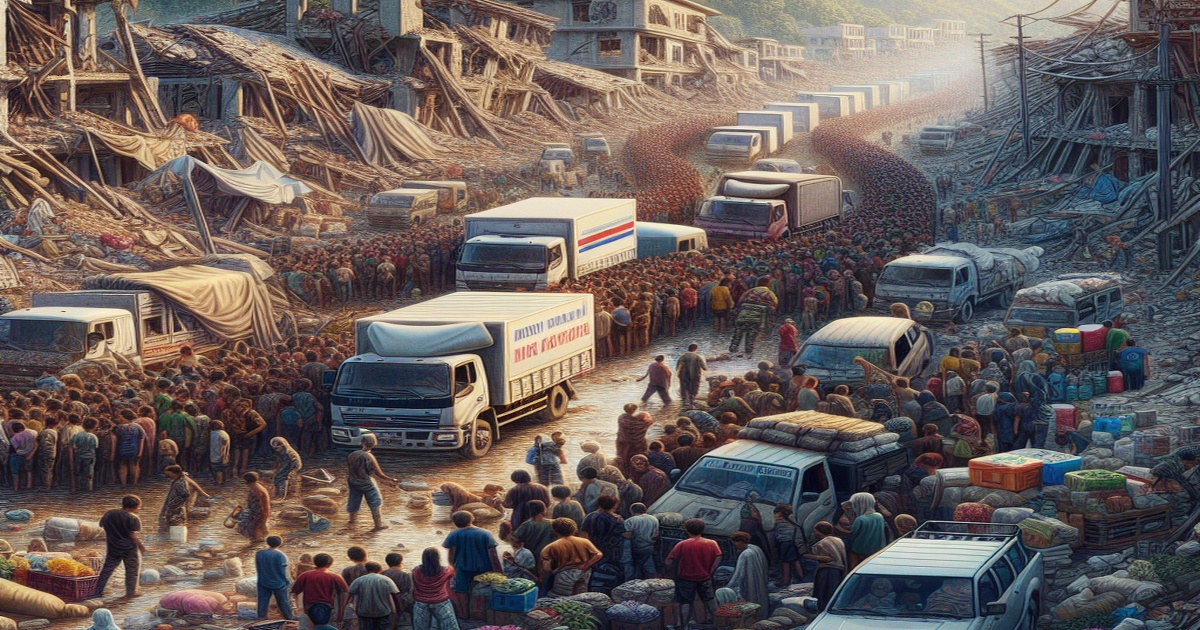Three weeks after a major earthquake, essential services remain unavailable in the hardest-hit areas of Myanmar. Humanitarian organizations report that emergency workers are still recovering bodies and clearing debris, facing challenges from frequent aftershocks and limited resources.
The U.N. Office for the Coordination of Humanitarian Affairs (OCHA) noted that strong aftershocks continue to shake central Myanmar almost daily. This increases fear and uncertainty among residents, disrupts response efforts, and strains already limited resources. The affected communities still lack safe shelter, clean water, sanitation, stable electricity, healthcare, and other essential services.
The earthquake, with a magnitude of 7.7, struck near Mandalay, Myanmar's second-largest city. It caused significant damage across six regions and states, including the capital, Naypyitaw. The disaster has further exacerbated the existing humanitarian crisis caused by the country's civil war, which has internally displaced millions and left millions more in need.
According to a state-run newspaper, the death toll has reached thousands, with thousands injured and many still missing. International rescuers and medical workers from numerous countries have collaborated with local rescuers. They have saved hundreds of people and recovered hundreds of bodies from the rubble.
The earthquake damaged tens of thousands of houses and buildings, thousands of schools, Buddhist monasteries, pagodas, temples, hospitals, clinics, bridges, dams, and sections of the main highway. Rescue workers are focused on relief efforts, searching for survivors, and clearing debris. They have also returned valuable belongings found in the rubble to their owners.
The priority three weeks after the earthquake is to clear bodies and debris from larger buildings while providing assistance to survivors. The number of bodies recovered daily has decreased. The number of rescue teams operating in Mandalay has also decreased as international teams have returned home. Local rescue workers are primarily involved in clearing debris and providing assistance.
The United Nations Development Program estimates that millions of tons of debris need to be removed. UN-Habitat is collaborating with the Myanmar Engineering Society to assess building damage. In Naypyitaw, relief efforts have largely ceased, and damaged government buildings remain unrepaired. Residents have mostly cleared debris from residential areas themselves. The head of the military government has announced plans to redesign the urban layout of Naypyitaw.







5 Comments
Martin L King
The fact that even after 3 weeks, they are saving people is amazing.
Rolihlahla
It's truly a difficult situation. I admire the resilience of the people facing this disaster.
Martin L King
The UN and other organizations are doing what they can, given the circumstances. Sending prayers.
G P Floyd Jr
This feels like a story of bureaucracy and half-measures, not genuine assistance.
Donatello
Damage across six regions and states" - This is a massive area. What about the rural towns?